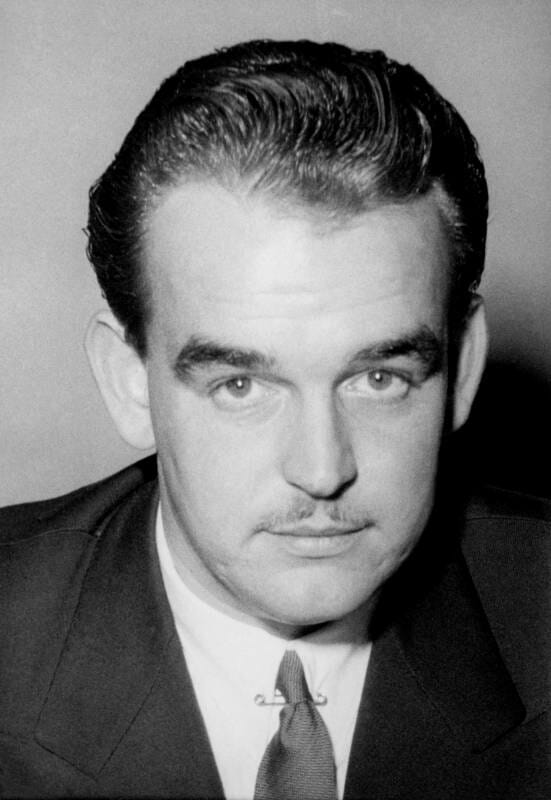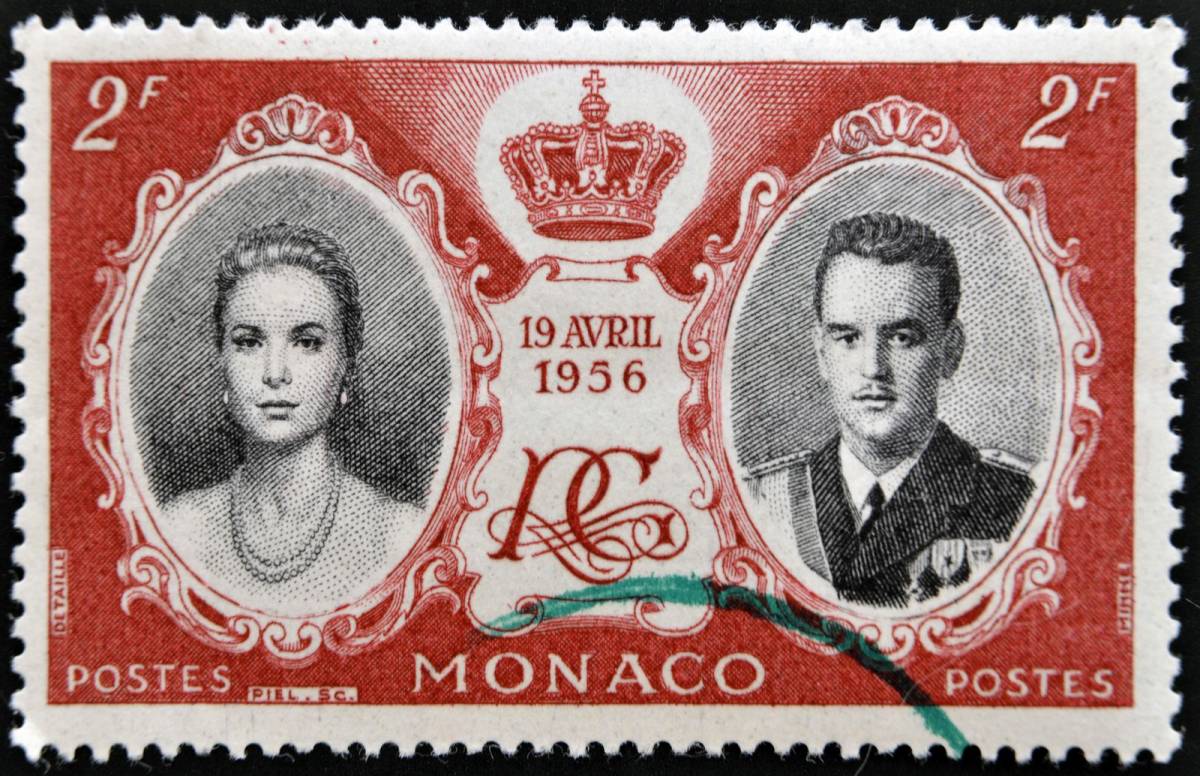The Principality of Monaco has more than seven centuries of history. During this time, the ruling dynasty of Grimaldi transformed a small territory between France and Italy into a paradise, today, Monaco is the top destination foe luxury, success and prosperity.
Genoese Foulques de Castello’s arrival to Monaco
To find out where it all started, let’s go back a few centuries ago, to June 1215. That’s when the Genoese Foulques de Castello started building a fortress on a rock now known as Le Rocher. He arrived in the harbor with his soldiers and workers and proceeded straight away erecting a fort. It must be said that the Genoa Republic encouraged the relocation of its residents to the new settlement since the state needed to strengthen its presence in these territories. Those who dared move to Monaco were exempt from tax or rent. In fact, these incentives already made Monaco something of a tax haven back then.
Otto and Grimaldo Canella
Interestingly, no one from the Grimaldi family was among the Genoese who decided to relocate at that time. As a rule, these were people who were moving for a new start, who were not satisfied with their life in Genoa and wanted to try their luck in new lands. In 1133, Otto Canella, the founding father of the Grimaldi clan, was a consul of the Republic of Genoa. This post was consistently taken three times by his younger son Grimaldo Canella. This is how the family came to be known as Grimaldi. It must be said that the most famous families in the history of the Mediterranean alternately served as consuls. These were Spinola, Fieschi, Doria and Grimaldi.
By the time the new settlement was created in Monaco, the Grimaldi were already quite famous in this part of the Mediterranean coast. Their fate soon brought them to the future principality where they were destined to remain.

The motto «This is The will of God!» (Deo Juvante) comes from the phrase That Francesco Grimaldi shouted on the battle night.
A «sly»Grimaldi
Under the protection of Genoa, the fortress of Monaco grew and expanded rapidly. It had a well-armed garrison. Historical archives from 1252 even mention an «old» and a «new» castle. By this time the country was already divided by a political conflict between the Guelphs and Ghibellines. Guelphs the strengthening strengthening of the Pope’s influence, while the Ghibellines defended the power of the Holy Roman Empire.

decembrie 1663)
The Guelphs (the Grimaldi among them), were finally expelled from the Republic of Genoa. The Ghibellines, who occupied Genoa and were in a stronger position, did not account for the perseverance of the Grimaldi family who soon seized the main fortress of Monaco.
The Genoa republic encouraged the relocation of its residents to a new settlement. Those who dared move to Monaco were exempt from tax or rent.
That fateful night, January 8, 1297 is considered the starting point for the history of the Principality as we know it under the Grimaldi reign. This event is depicted in many documents and historical monuments. Monaco postage stamps carry the scene of the night attack by Francesco Grimaldi. The statue of the fearless Guelph stands in front of the Princely Palace and the event itself is symbolically represented on the coat of arms of Grimaldi with two men in monastic robes wearing their swords.

700 years of the Grimaldi dynasty in Monaco History to 1604-Monaco
Monaco with Grimaldi
The Grimaldi are not the direct descendants of Francesco. His marriage was childless, and after Francesco’s death, his first cousin, Rainier I, became Monaco’s first official ruler. After the capture of the fortress, the Grimaldi only kept power over Monaco for four years. In 1301, Genoa seized the territory again. But in 1331, Charles I managed to restore the lost power.
The early history of Monaco is full of surprises. How would it seem possible to seize power over an entire fort disguised in monastic robes? But the Grimaldi often proved their courage with an inordinate desire to fight for justice and would not be discouraged by failures. Not surprisingly, the Grimaldi family today is one of the oldest in Europe.
Over seven centuries of its reign, the princely family of Monaco managed not only to preserve the independence of their state, but to transform it into one of the most successful and desirable countries in Europe.
The attack on the castle was held under the direction of Francesco Grimaldi called the «Sly.» He received this nickname for a good reason. On the cold night of January 8, 1297, a Franciscan monk knocked at the gate of the impressive fortress. He told the guards that he was just a traveler looking for a shelter for the night. The soldiers opened the door to the wanderer.

Had the guards been more attentive, they might have heard the clanging of the metal under the monk’s robe and prevented the attack. But it was too late. Francesco Grimaldi drew out his sword and defeated the guards. His soldiers waiting nearby, rushed to the open gates. The future ruler of Monaco, Rainier I, was among them. It took the Guelph soldiers the entire night to make their way through the fortress. By the time dawn lit up the battle scene, Monaco was already in the hands of the Grimaldi clan. We will never know all the details, but according to the historians, the motto «This is the will of God!» (Deo Juvante) comes from the phrase that Francesco Grimaldi shouted on the battle night.








